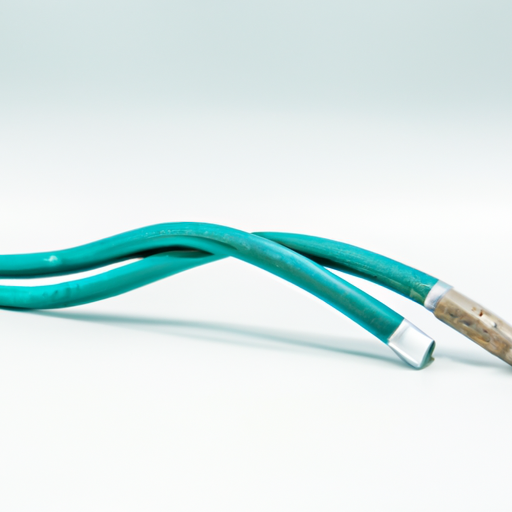
The production process of hot cable attachments is a crucial step in the manufacturing of cables for various industries. Hot cable attachments are used to connect cables to different components, such as connectors, terminals, or other cables. These attachments are essential for ensuring a secure and reliable connection between cables, which is vital for the proper functioning of electrical systems.

Material Selection
The first step in the production process of hot cable attachments is material selection. The materials used for hot cable attachments must be of high quality and suitable for the specific application. Common materials used for hot cable attachments include copper, aluminum, and various types of insulation materials.
The selection of materials is crucial for ensuring the durability and performance of the hot cable attachments. The materials must be able to withstand the electrical currents and environmental conditions they will be exposed to. Additionally, the materials must be compatible with the cables and components they will be attached to.
Cutting and Stripping
Once the materials have been selected, the next step in the production process is cutting and stripping. This step involves cutting the cables to the required length and stripping the insulation from the ends of the cables. This allows for the proper connection of the cables to the attachments.
The cutting and stripping process must be done with precision to ensure that the cables are the correct length and that the insulation is removed without damaging the conductors. Specialized tools, such as cable cutters and wire strippers, are used to perform this step accurately.
Crimping
After the cables have been cut and stripped, the next step in the production process is crimping. Crimping is the process of attaching the cables to the attachments using a crimping tool. This process involves compressing the attachment onto the cable conductor to create a secure and reliable connection.
Crimping is a critical step in the production process of hot cable attachments, as it determines the strength and durability of the connection. Proper crimping ensures that the attachment is securely fastened to the cable and that there is good electrical conductivity between the two components.
Soldering
In some cases, soldering may be required to create a strong and reliable connection between the cable and the attachment. Soldering involves melting a solder alloy onto the connection point to create a bond between the two components. This process is commonly used for high-temperature applications or when a more permanent connection is needed.
Soldering requires skill and precision to ensure that the solder is applied correctly and that the connection is strong and reliable. Specialized soldering equipment, such as soldering irons and solder wire, are used to perform this step in the production process.
Quality Control
The final step in the production process of hot cable attachments is quality control. This step involves inspecting the finished products to ensure that they meet the required specifications and quality standards. Quality control may include visual inspections, electrical testing, and other quality assurance measures.
Quality control is essential for ensuring that the hot cable attachments are free from defects and that they will perform reliably in the intended application. Any products that do not meet the required standards are rejected and either reworked or discarded.
In conclusion, the production process of hot cable attachments is a complex and critical step in the manufacturing of cables for various industries. Each step in the process, from material selection to quality control, plays a crucial role in ensuring the quality and reliability of the final product. By following a systematic and well-defined production process, manufacturers can produce high-quality hot cable attachments that meet the needs of their customers and ensure the proper functioning of electrical systems.


